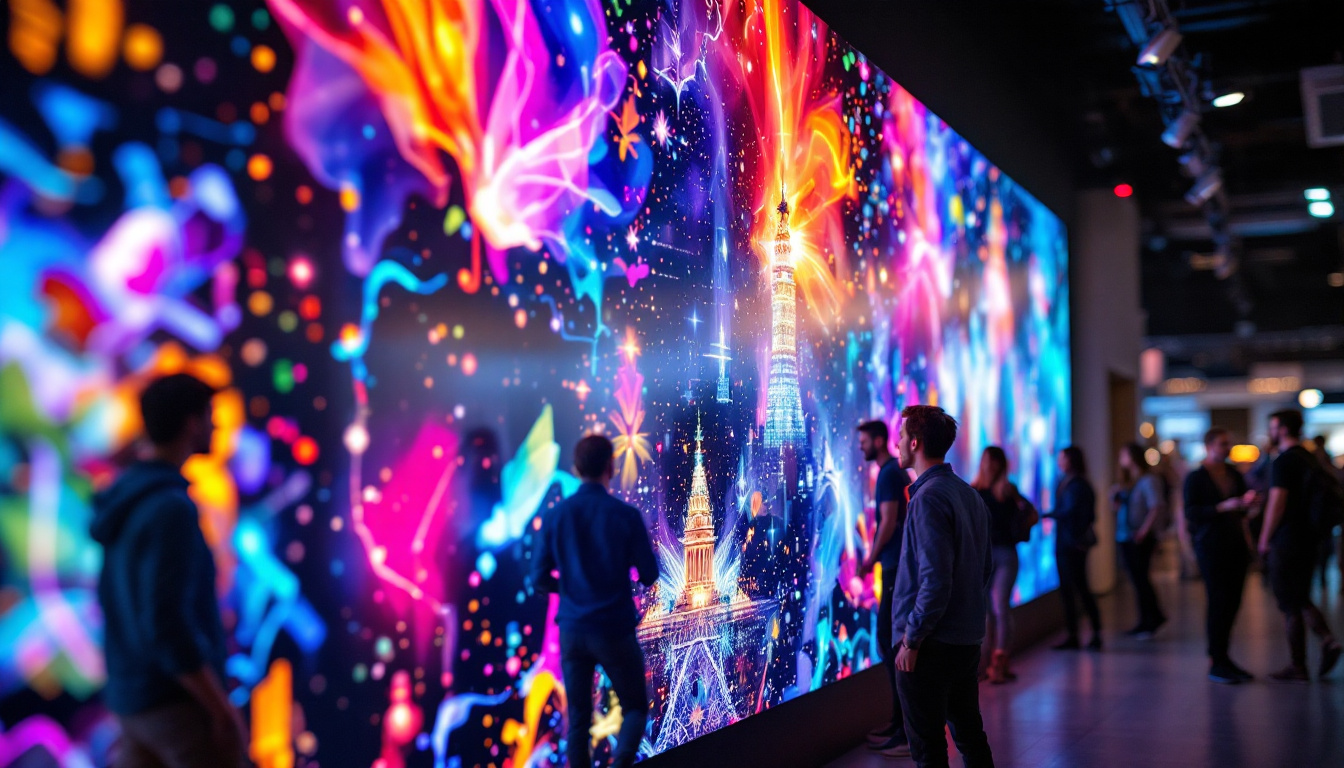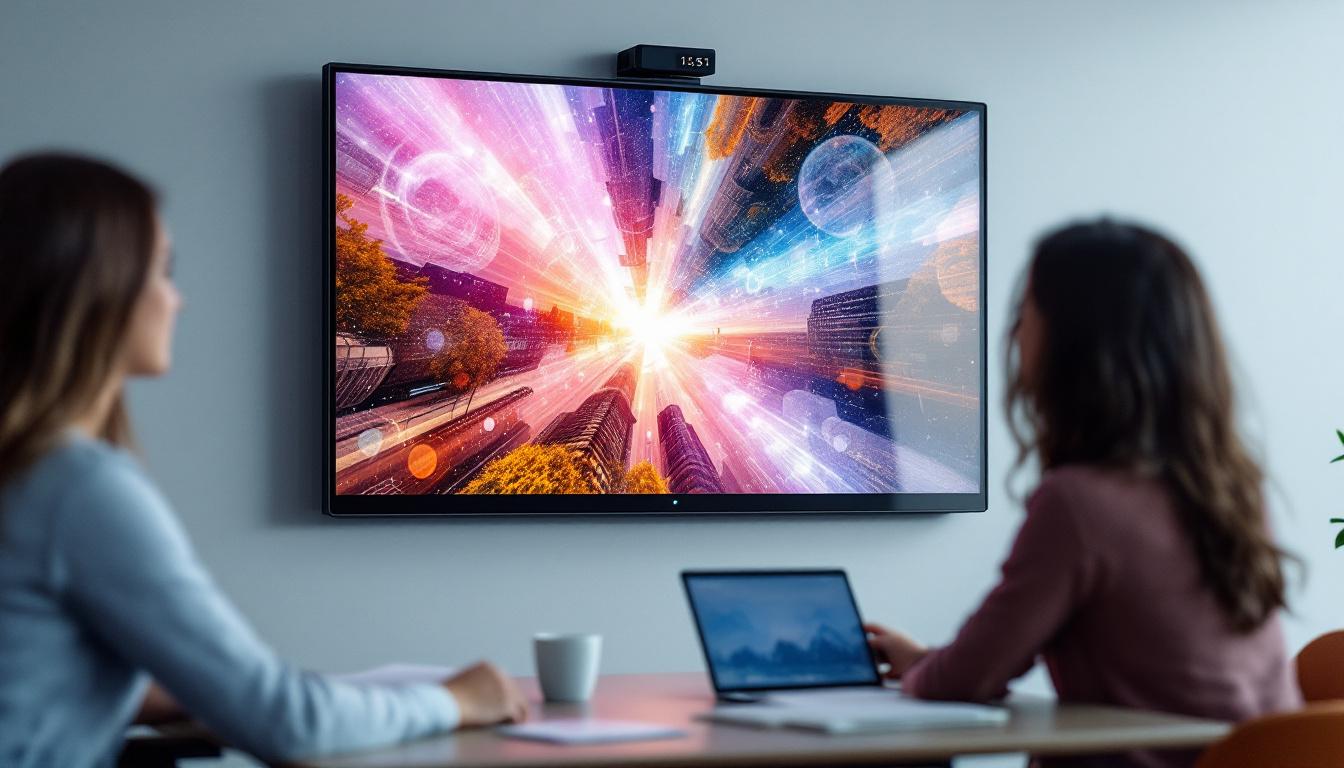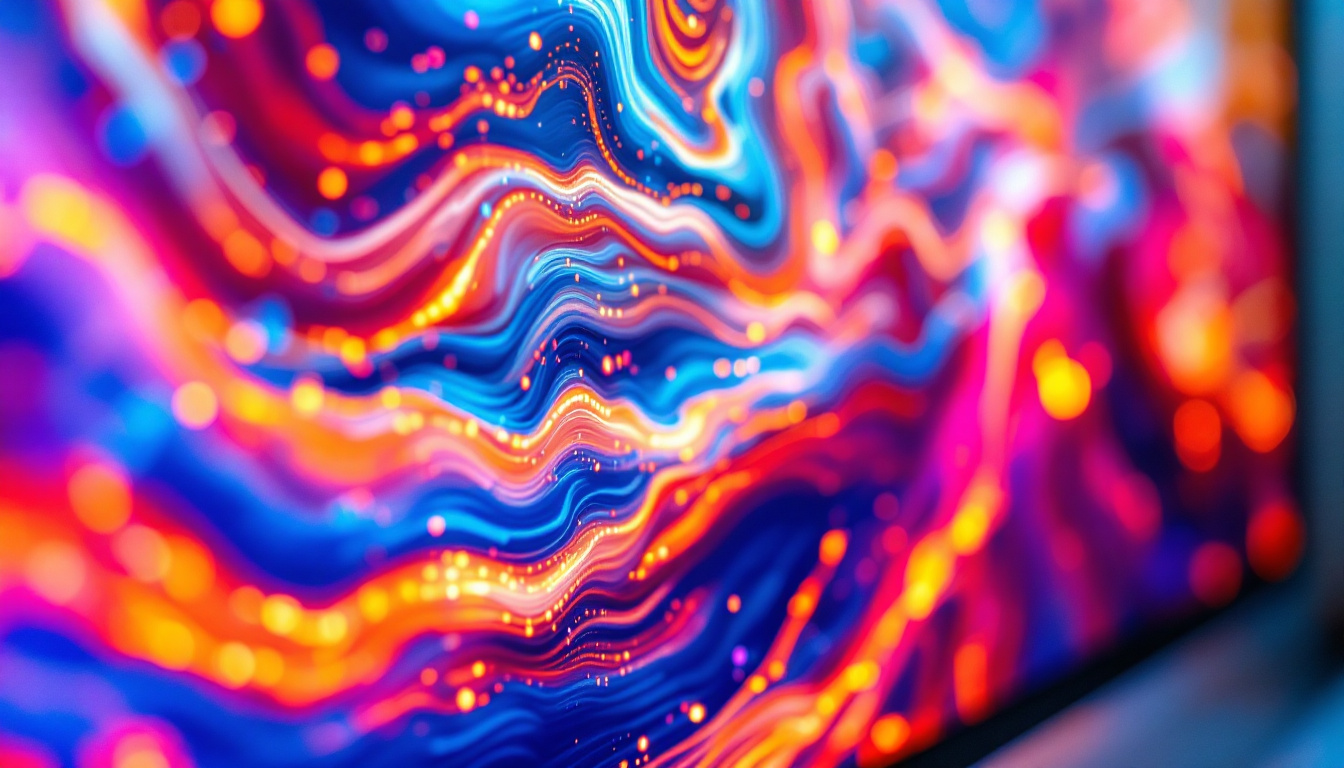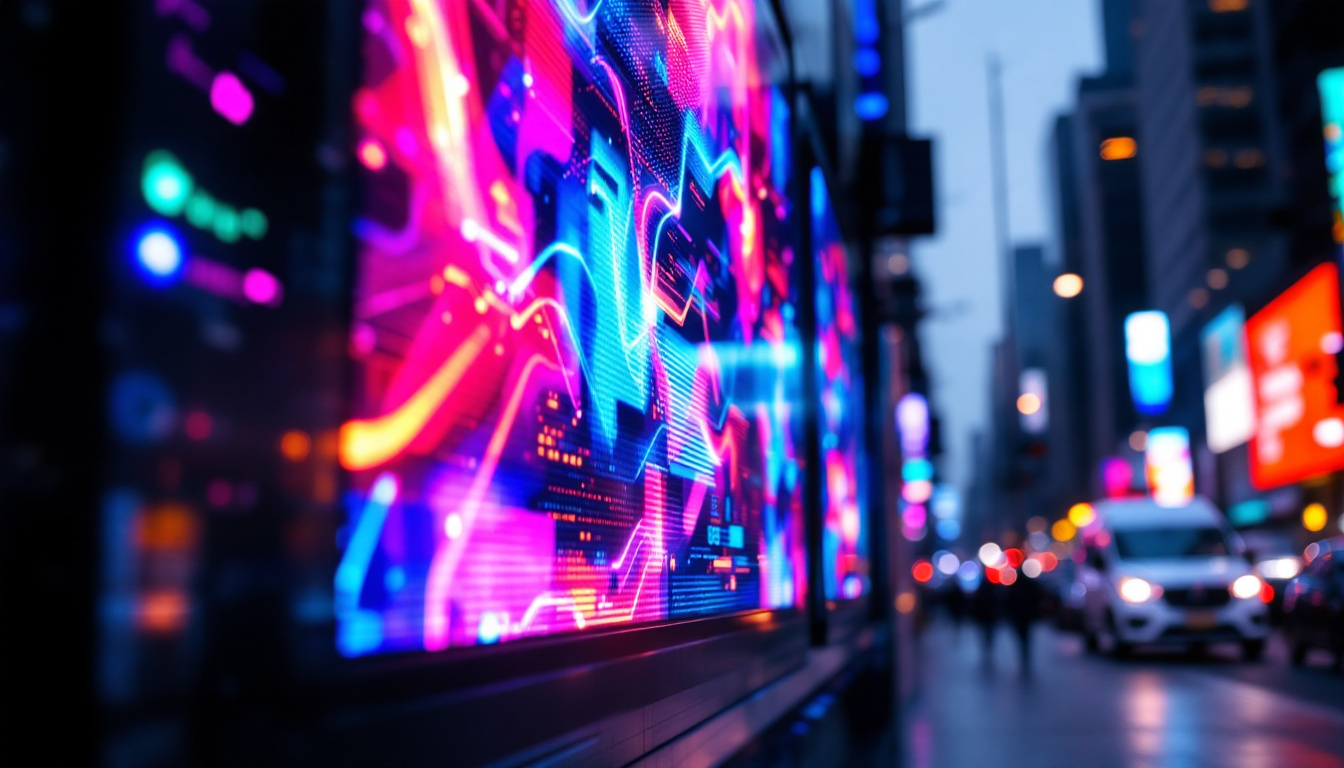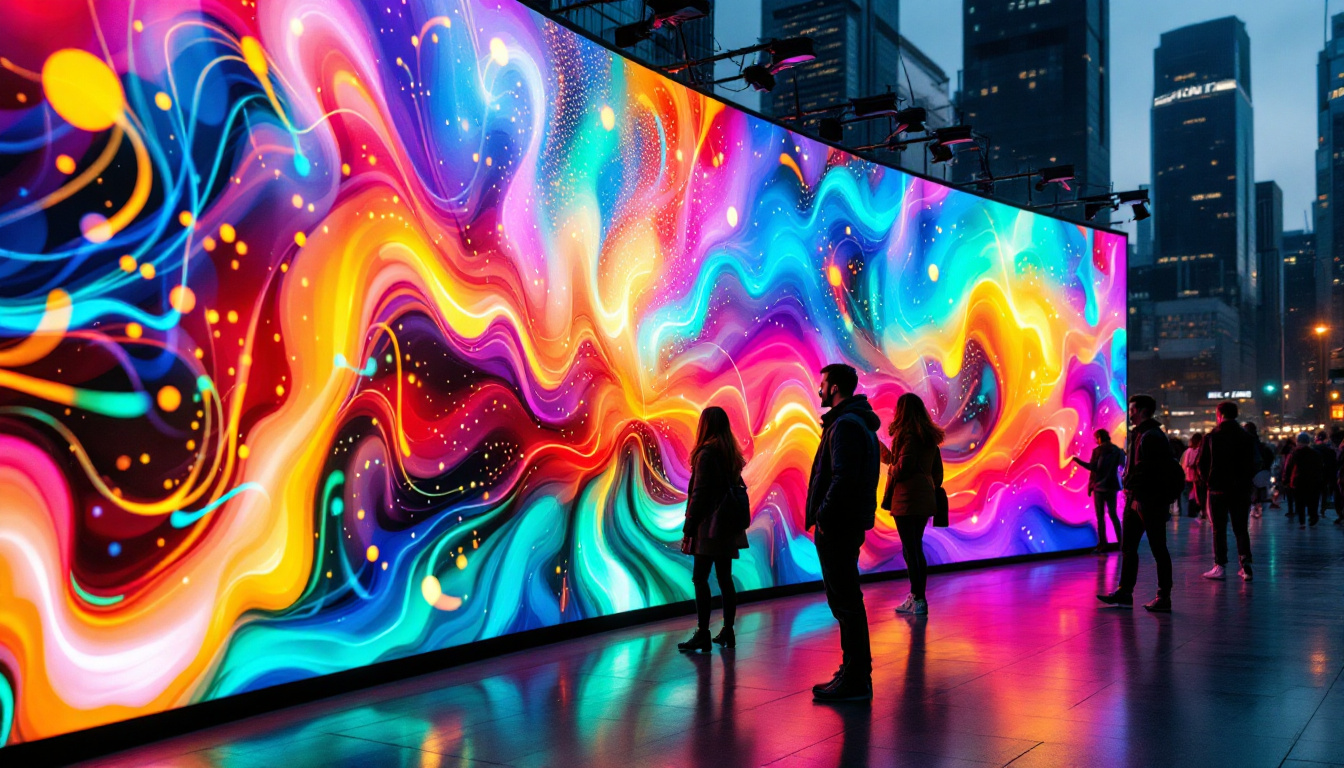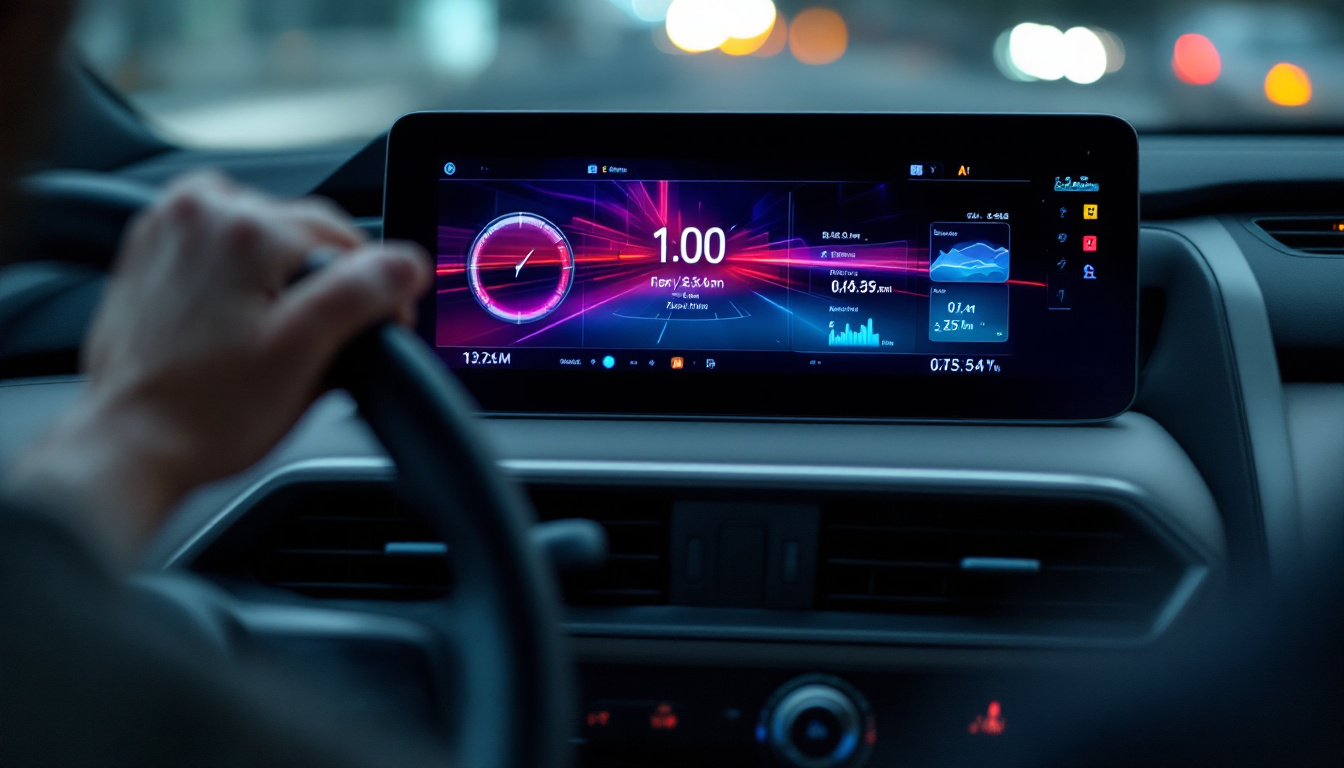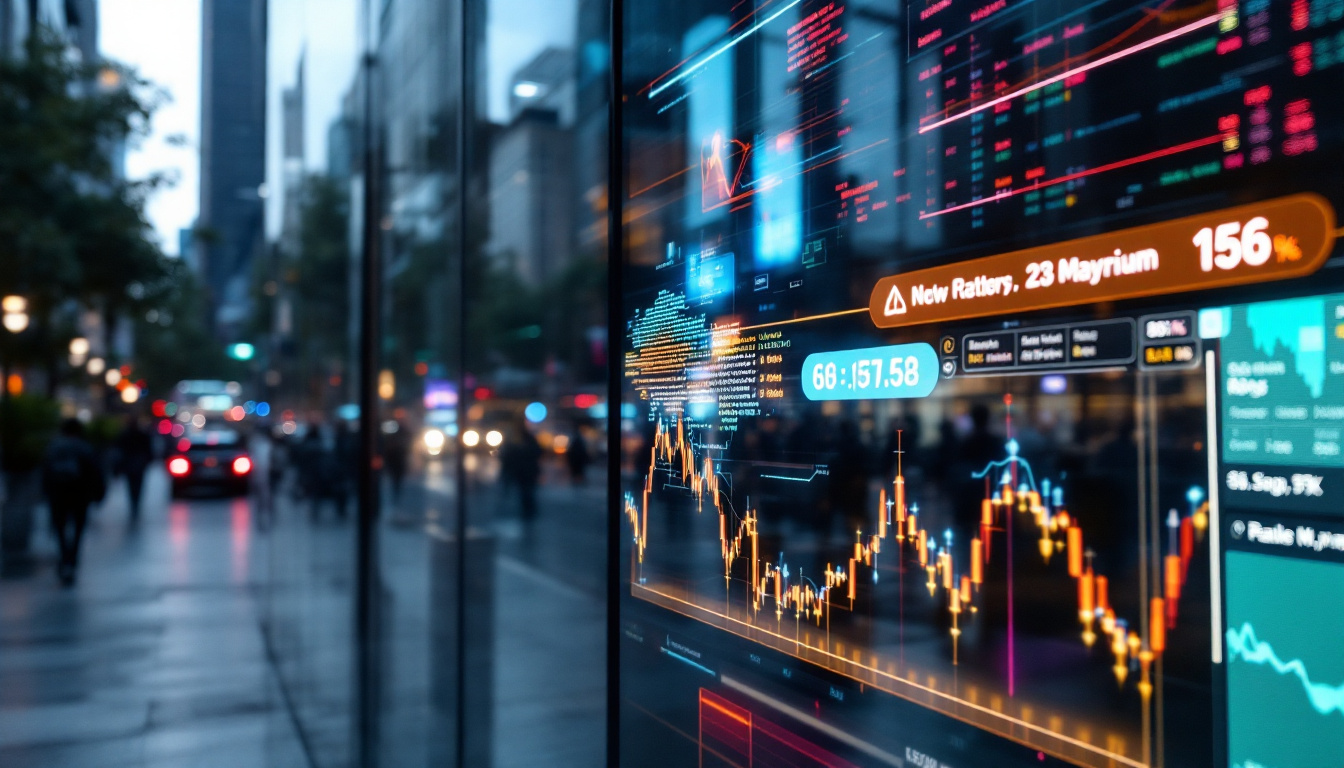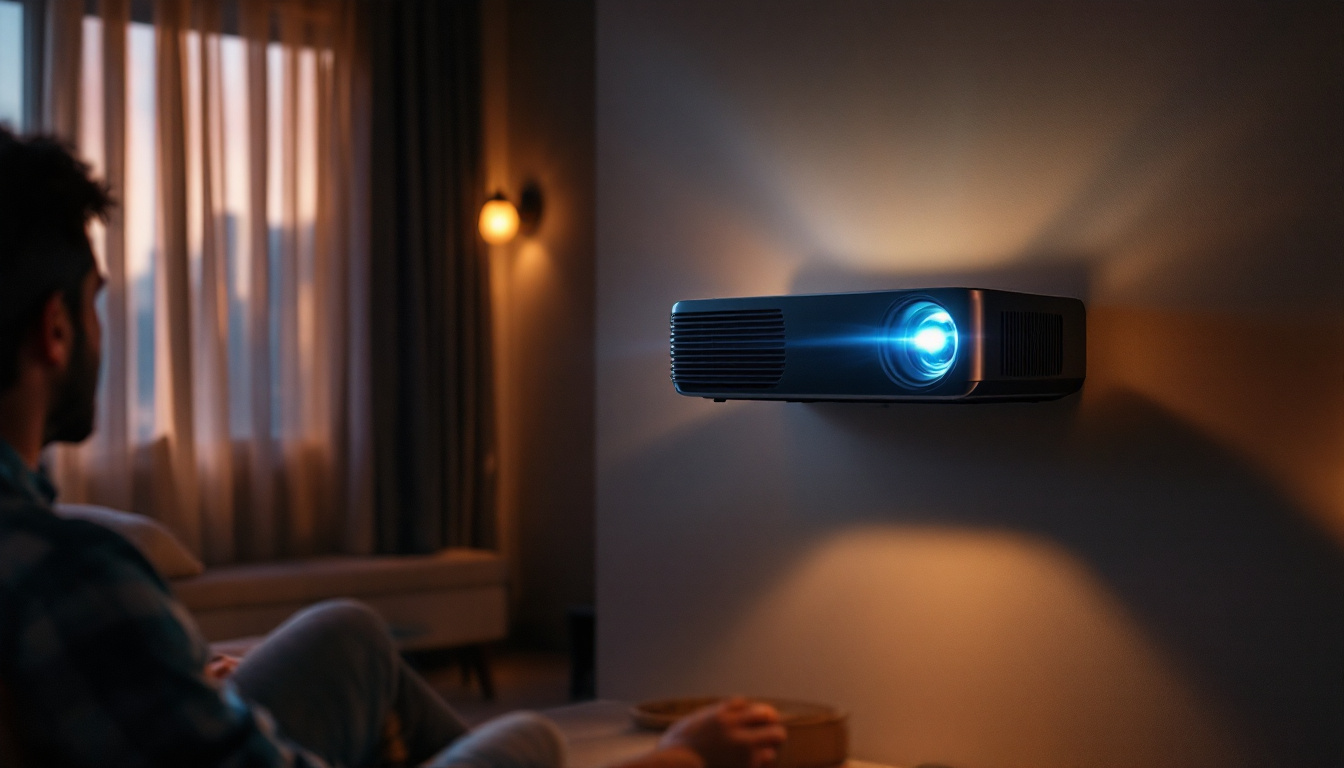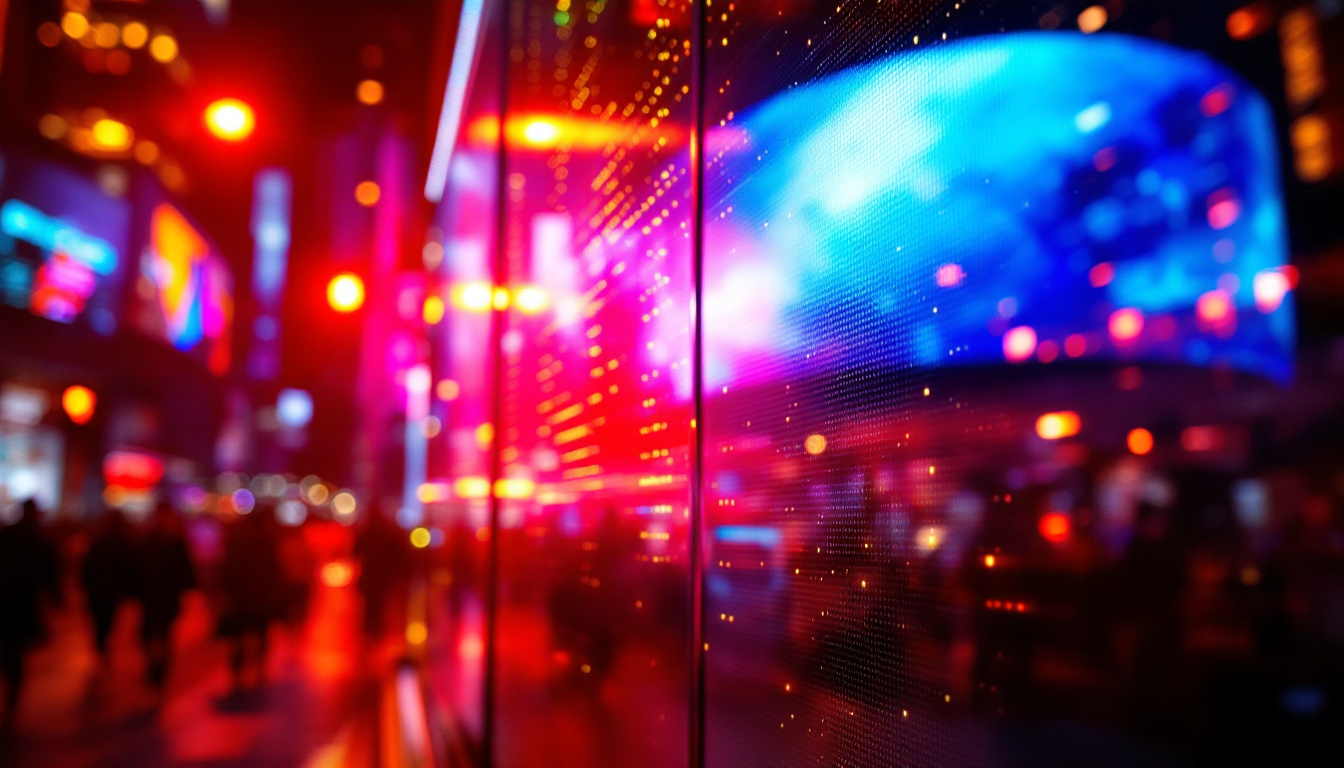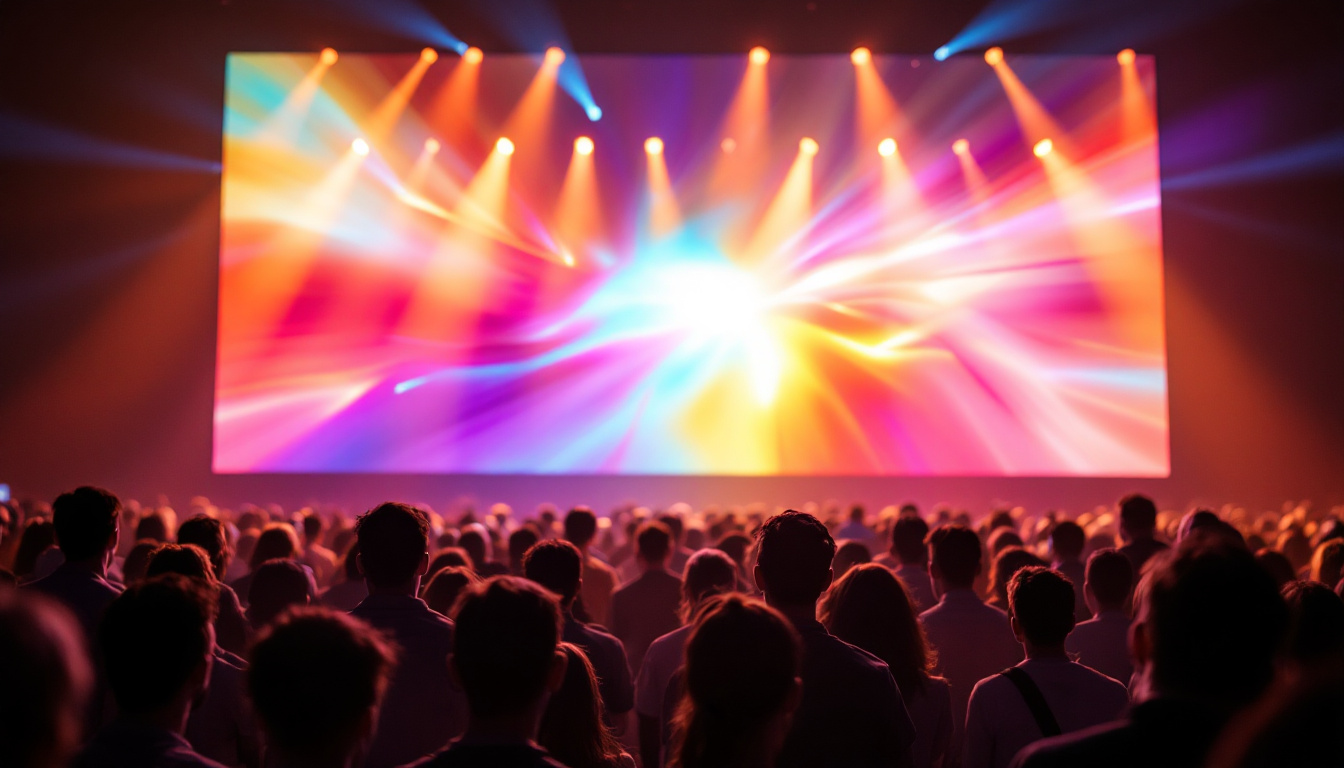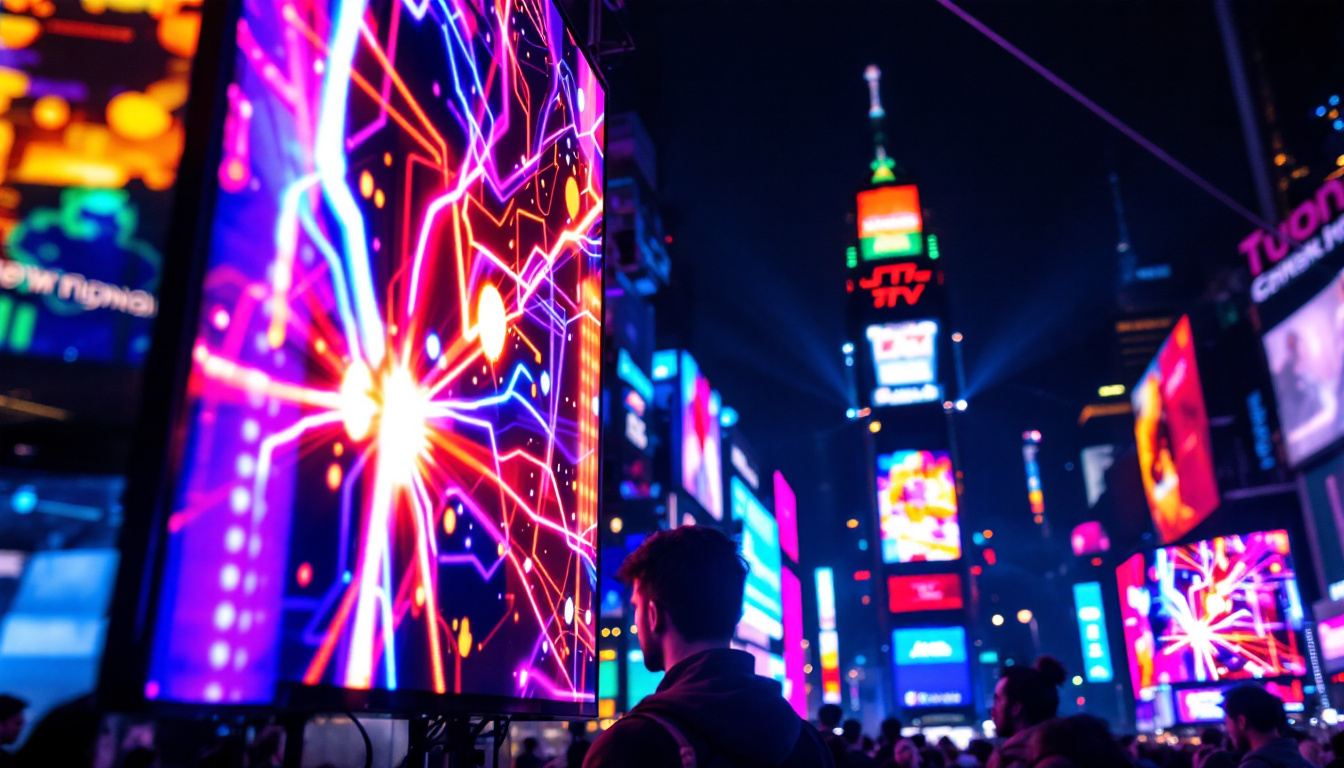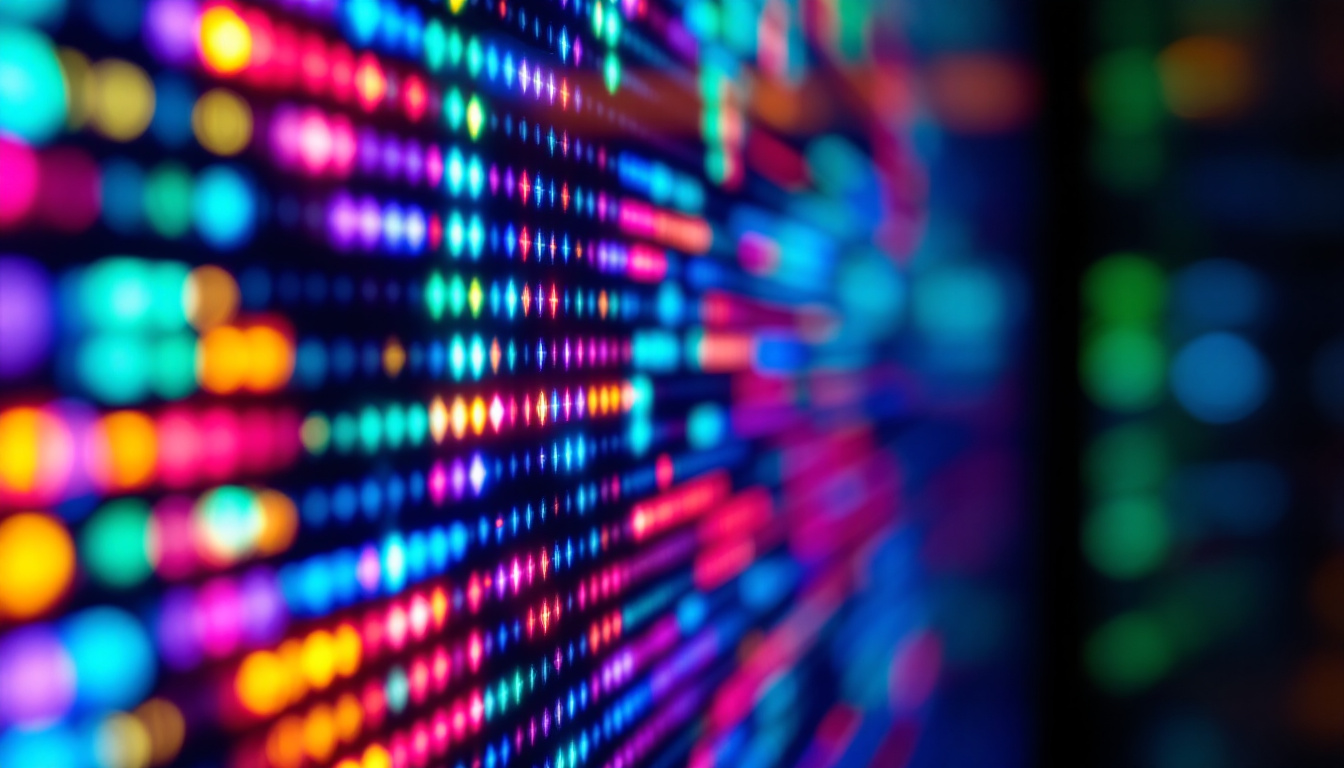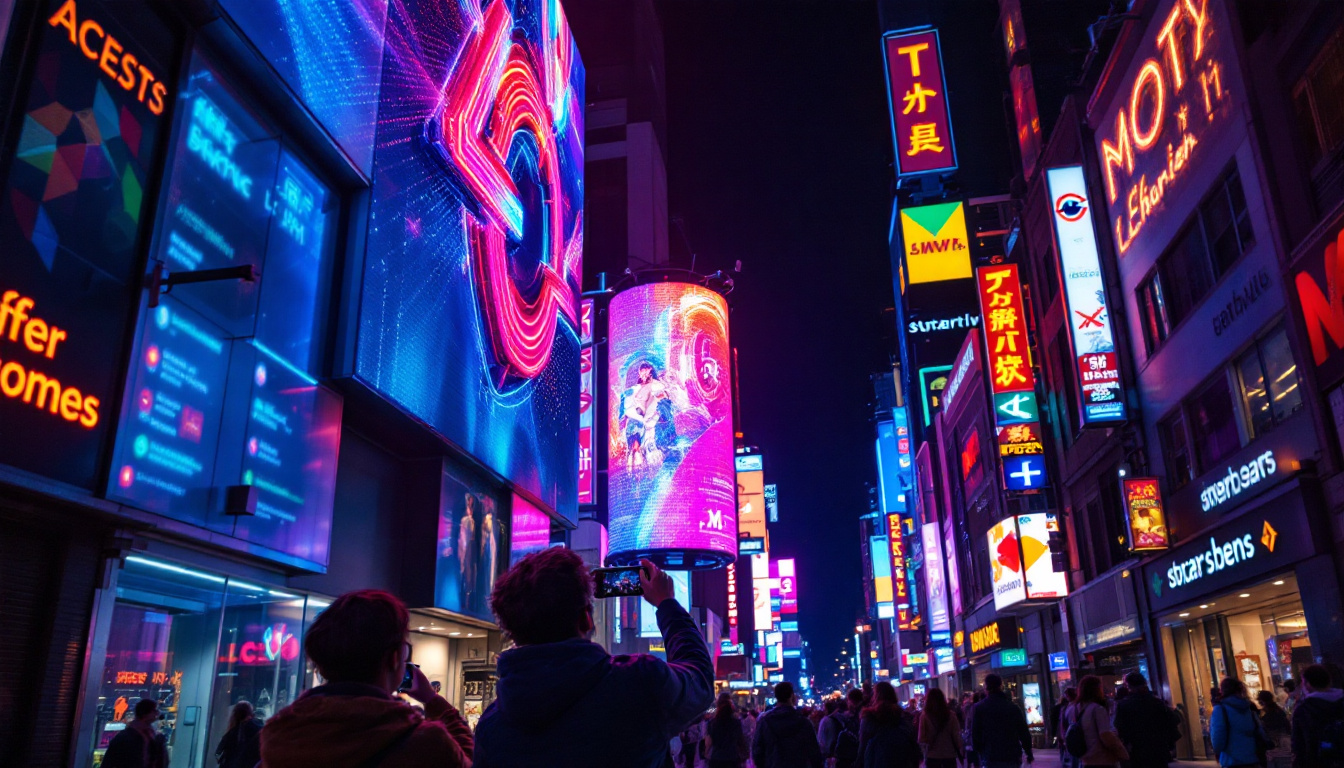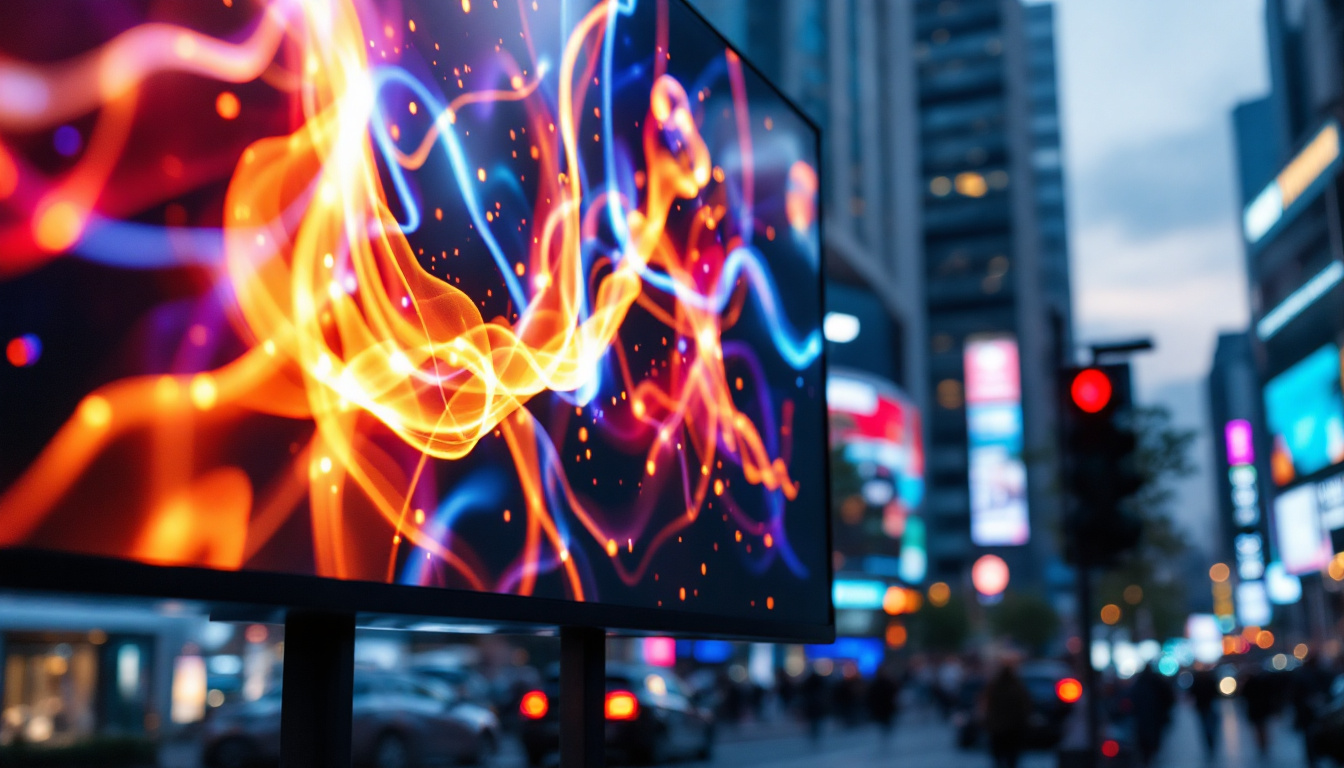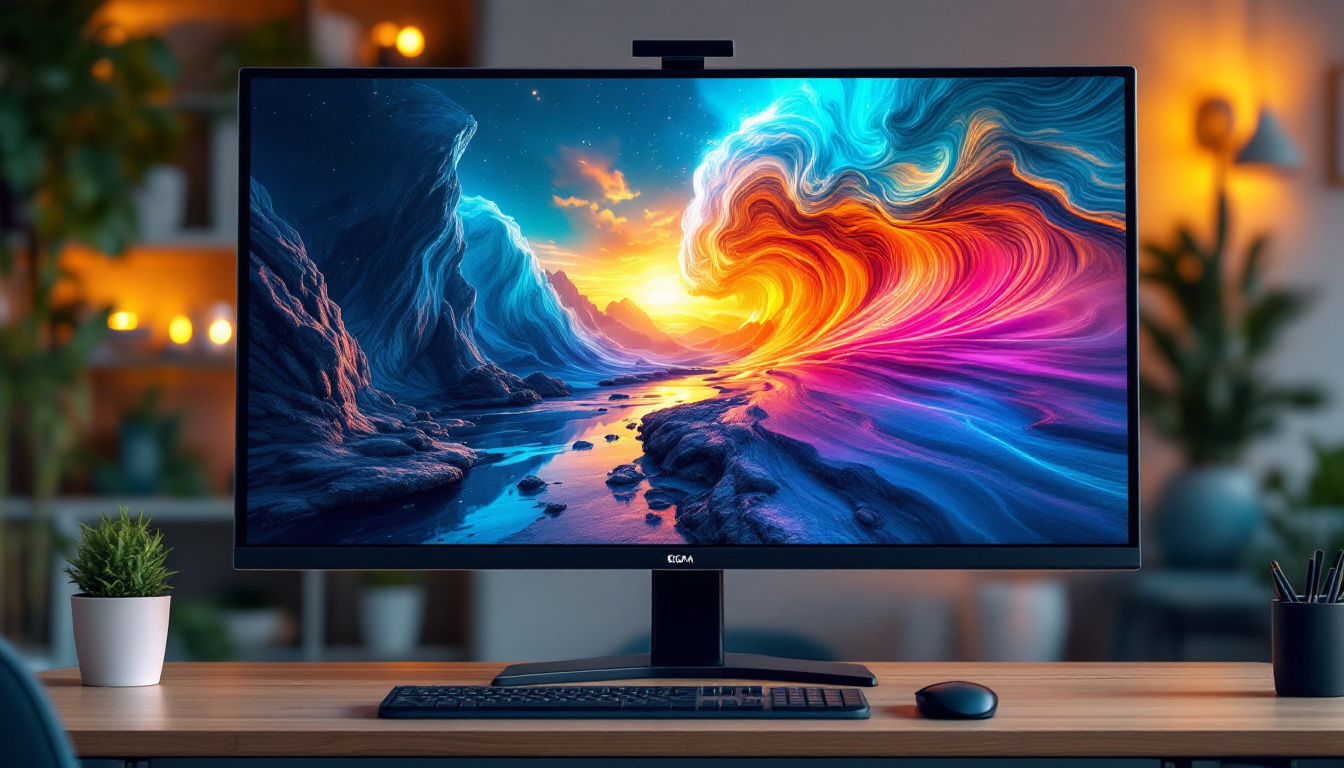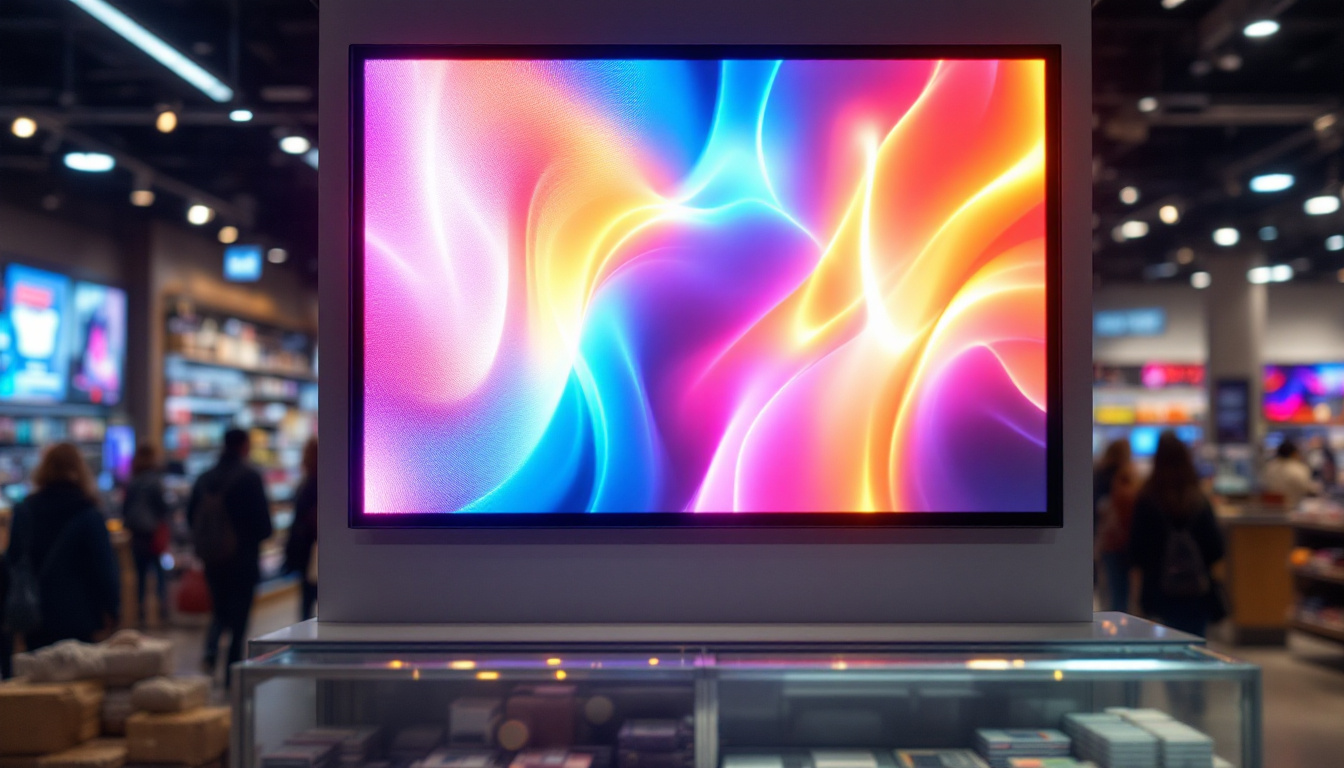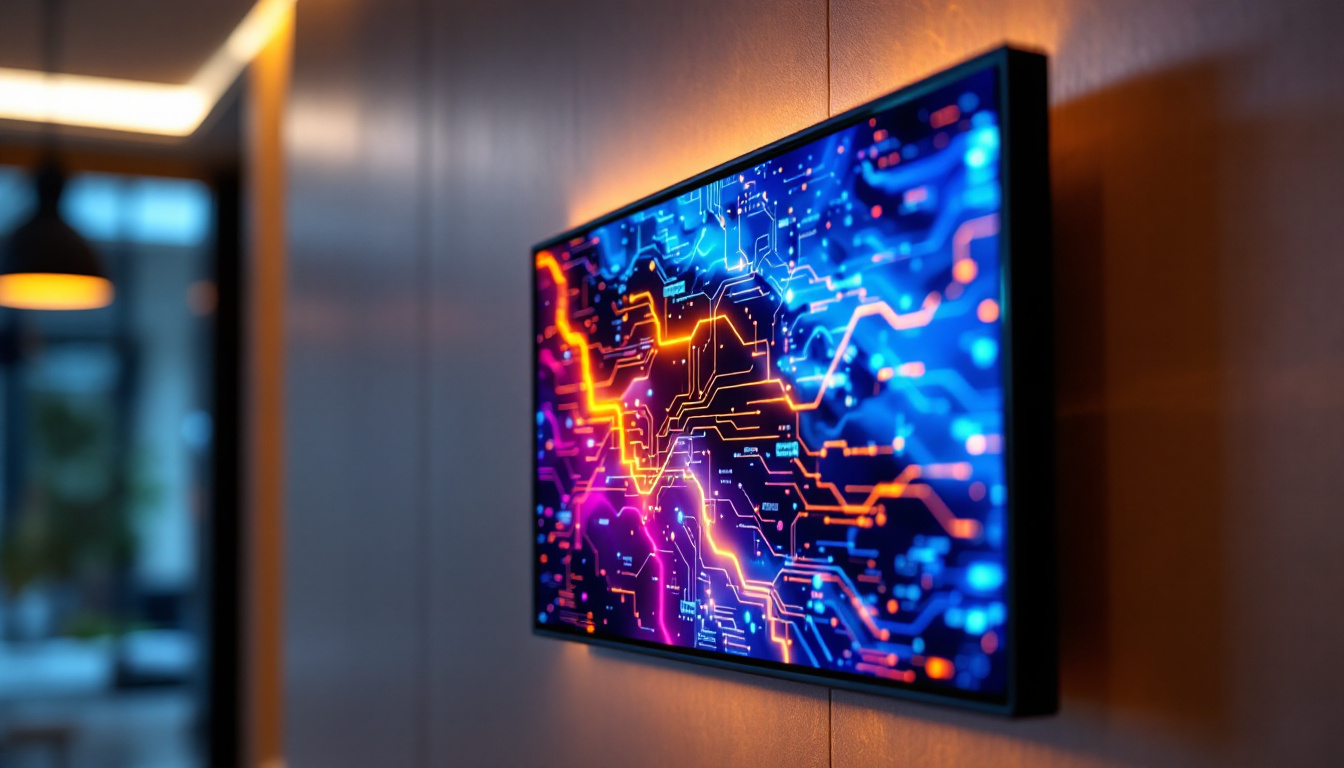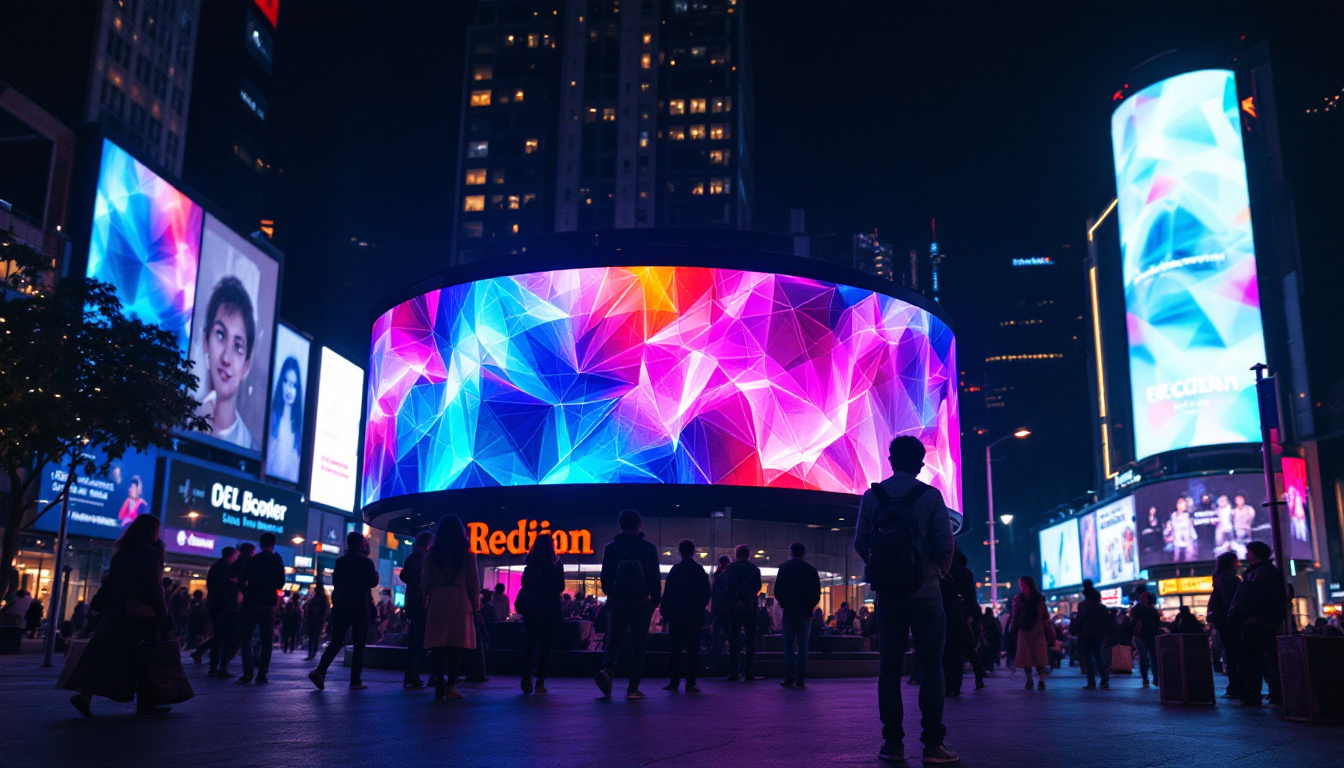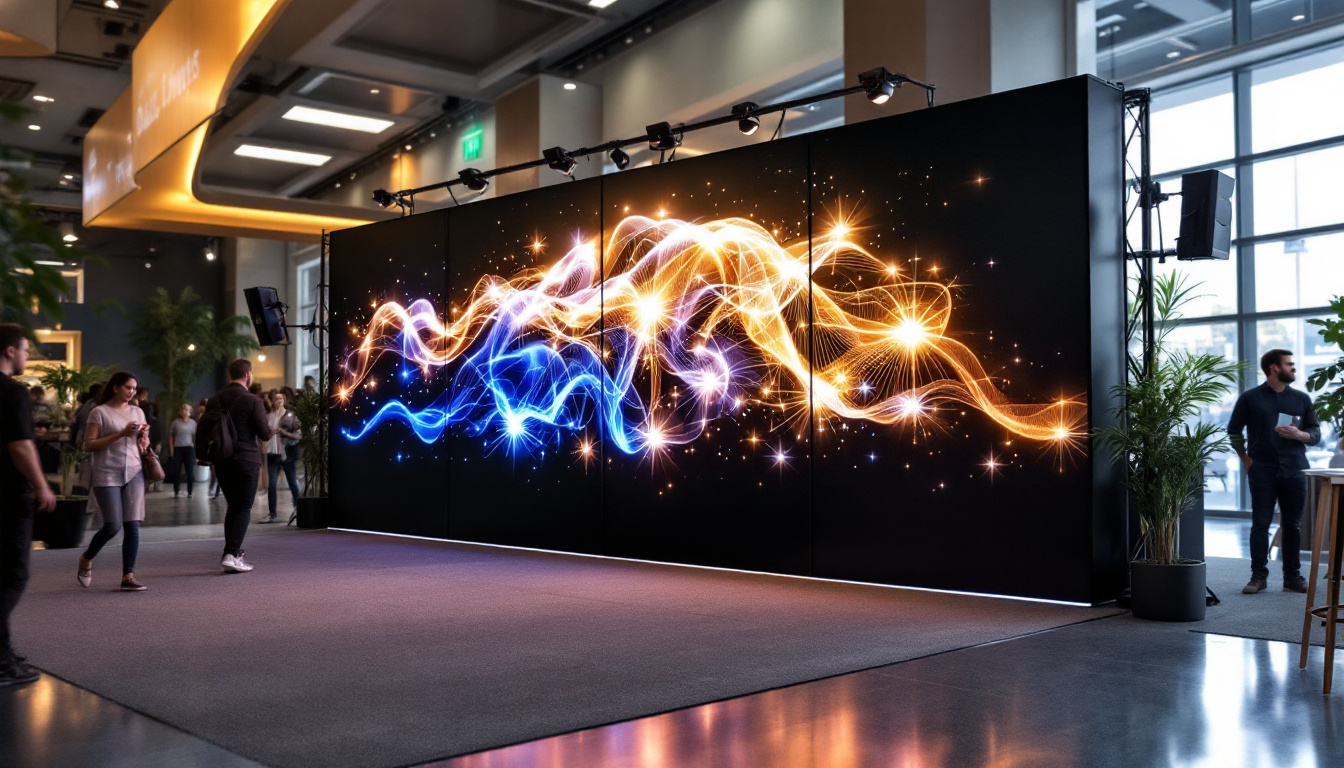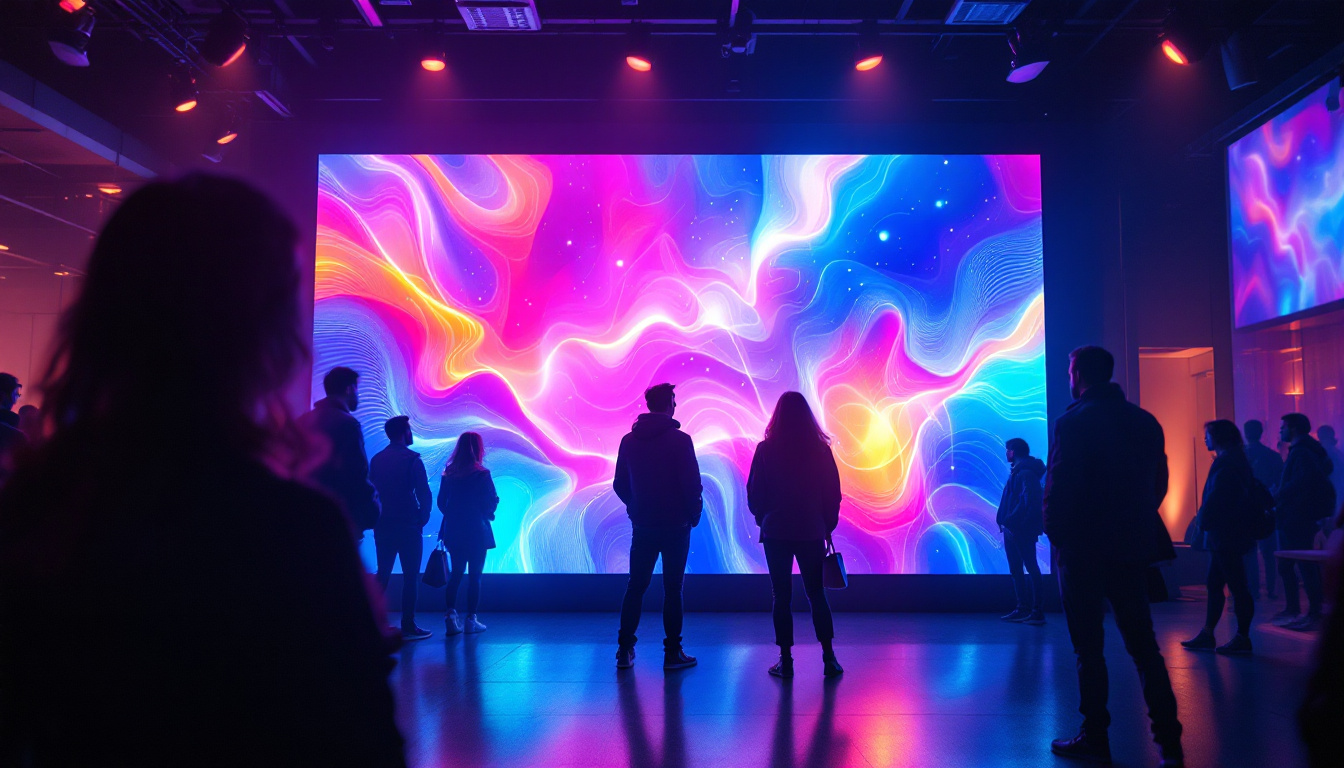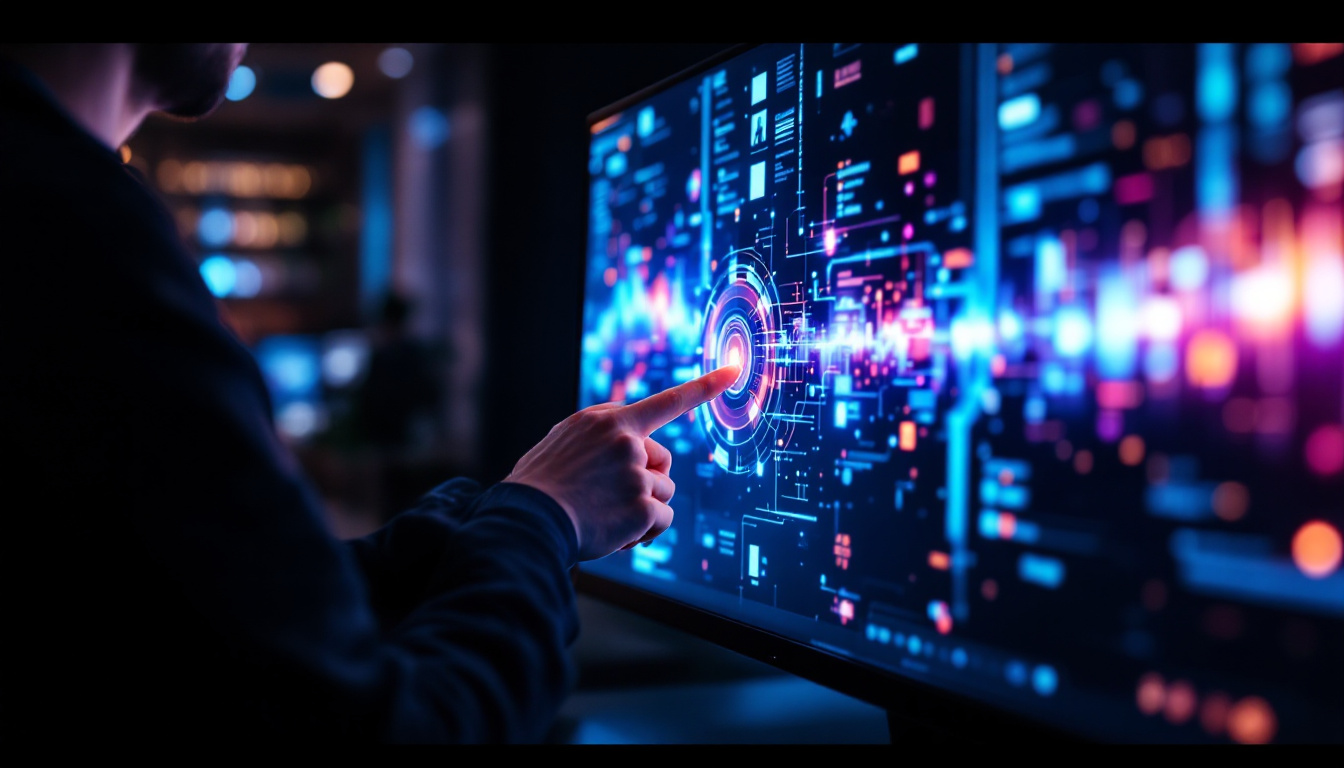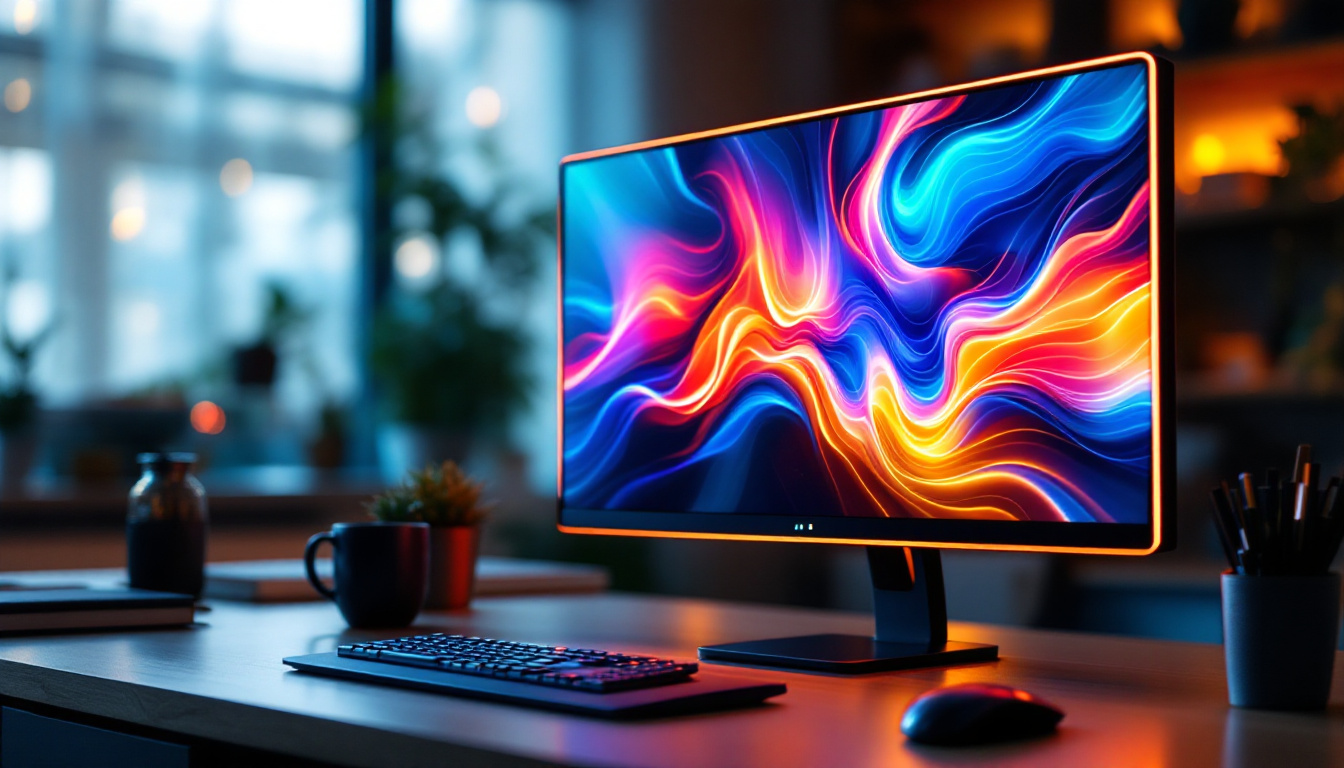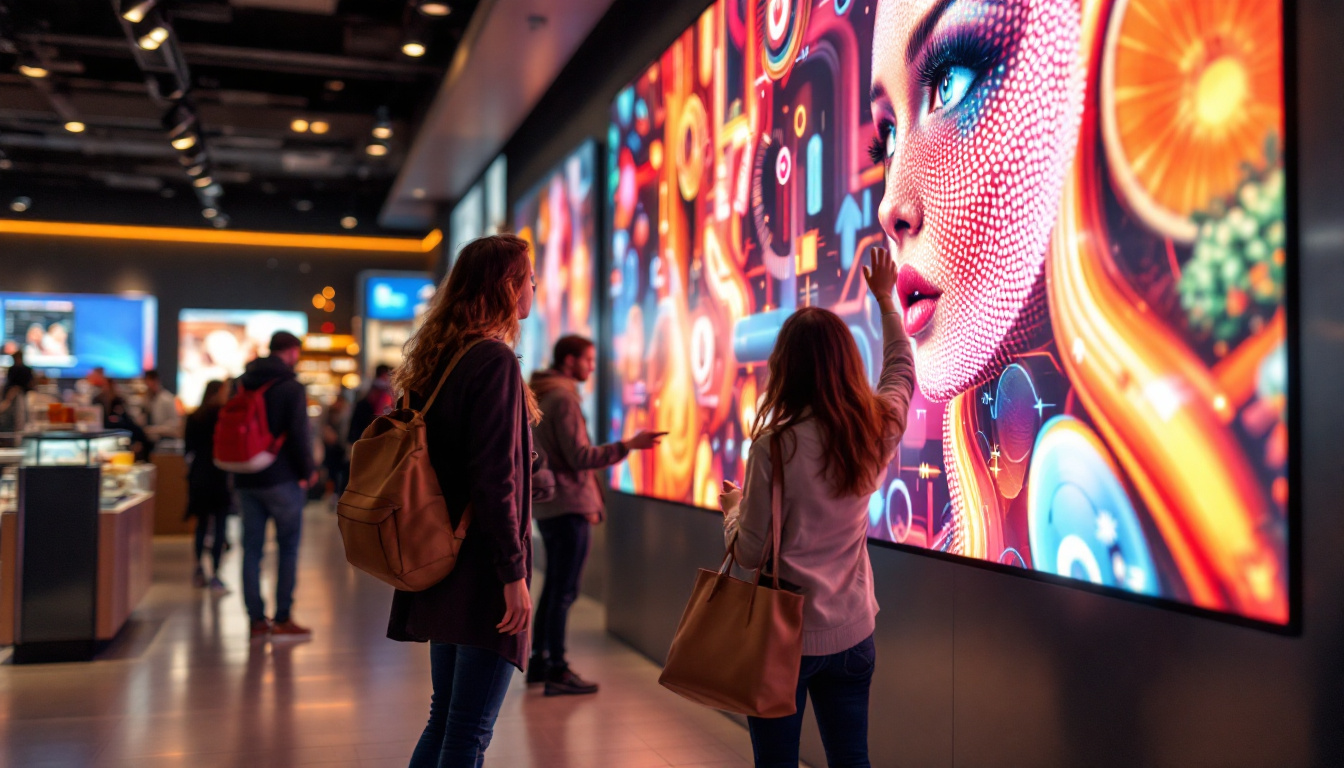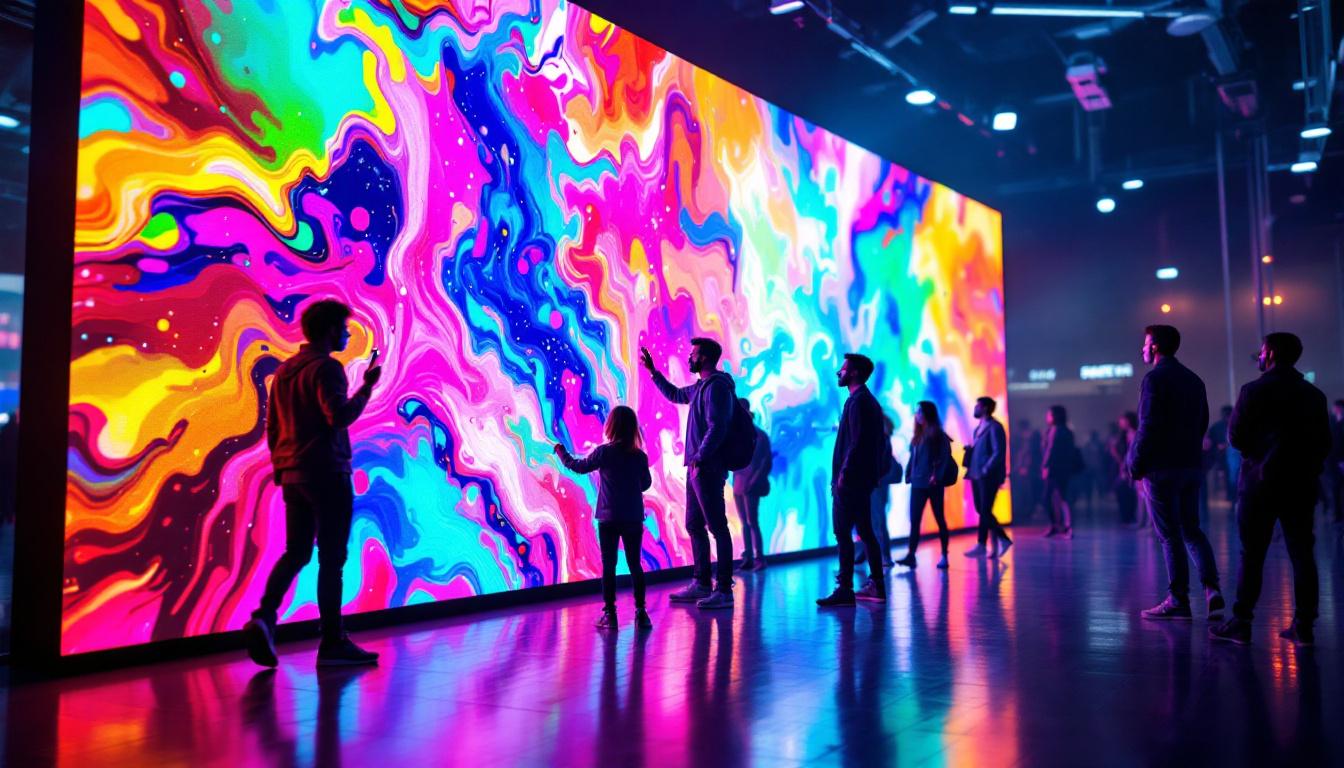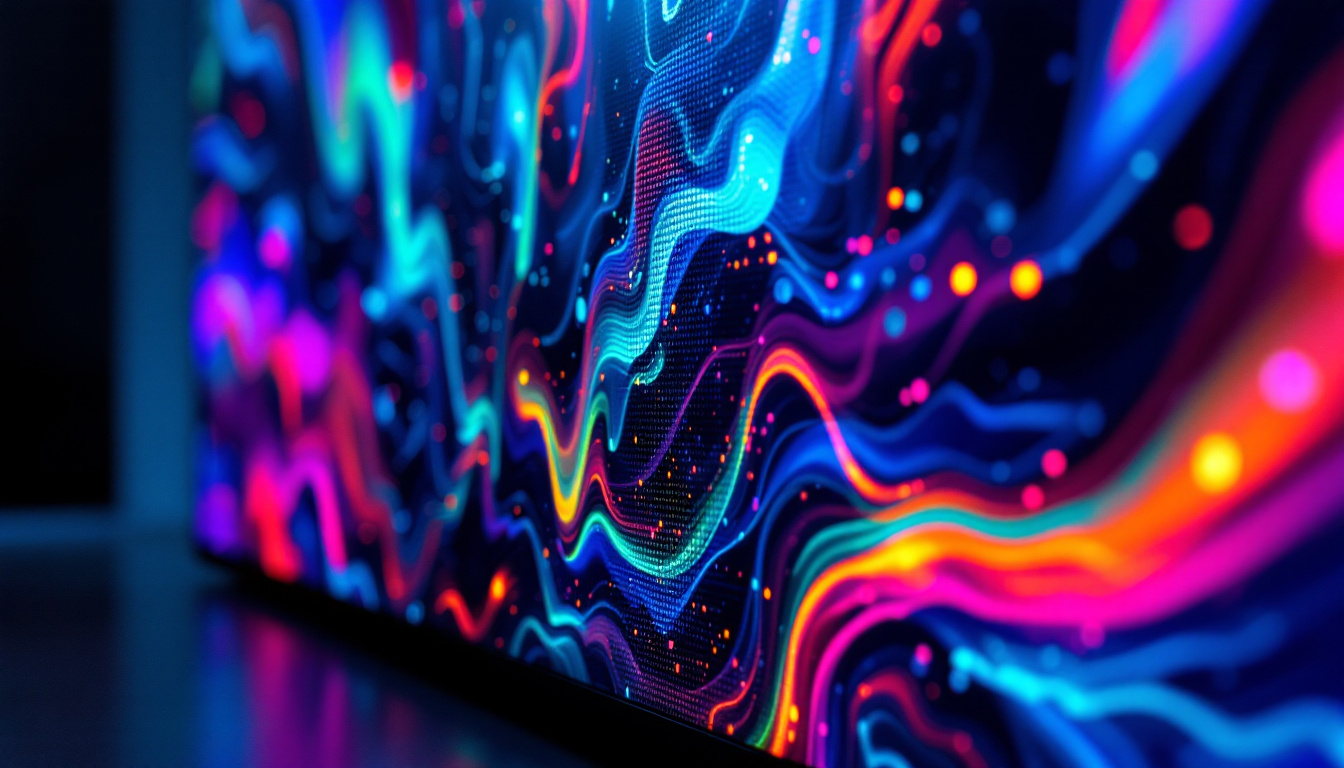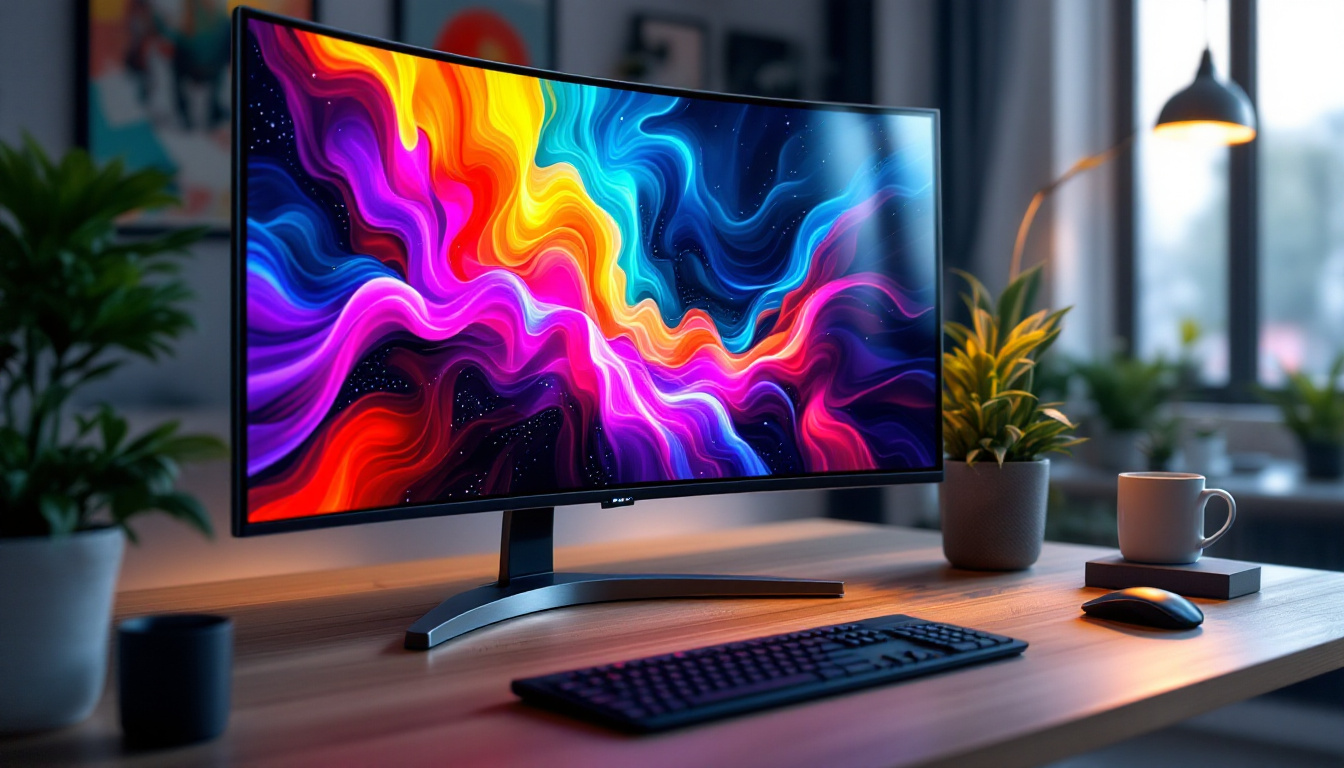In the realm of modern visual technology, LED videowalls have emerged as a transformative medium for communication, advertising, and entertainment. These large-scale displays, composed of multiple LED panels, offer unparalleled brightness, color accuracy, and versatility, making them a popular choice for various applications. This article delves into the intricacies of LED videowalls, exploring their components, benefits, applications, and future trends.
Understanding LED Technology
LED, or Light Emitting Diode, technology represents a significant advancement in display systems. Unlike traditional LCD screens, which rely on backlighting, LED displays utilize individual diodes to emit light, resulting in a more vibrant and energy-efficient display.
The Basics of LED Displays
At the core of LED technology is the concept of pixels. Each pixel in an LED display is made up of red, green, and blue (RGB) diodes. By varying the intensity of these diodes, a full spectrum of colors can be produced. This capability allows for stunning visuals that are both bright and clear, even in well-lit environments. Furthermore, the rapid response time of LED pixels enables smooth motion rendering, making them ideal for dynamic content such as video games and sports broadcasts. This responsiveness is crucial for applications where clarity and detail are paramount, enhancing the viewer’s experience significantly.
Types of LED Displays
LED displays can be categorized into several types, each serving different purposes. The two most common types are:
- Direct View LED: These displays consist of individual LED modules that can be assembled into larger screens. They are typically used for videowalls in public spaces.
- LED-backlit LCD: These displays use LED technology to illuminate an LCD screen. While they offer improved brightness and contrast over traditional LCDs, they do not match the performance of direct view LED displays.
In addition to these, there are also specialized LED displays, such as Organic LED (OLED) and MicroLED. OLED technology utilizes organic compounds that emit light when an electric current is applied, allowing for thinner screens and deeper blacks due to their ability to turn off individual pixels completely. MicroLED, on the other hand, is an emerging technology that promises even greater efficiency and color accuracy by using microscopic LEDs to create images. These advancements are paving the way for future innovations in display technology, offering consumers an ever-expanding array of options tailored to their specific needs.
The Structure of an LED Videowall
An LED videowall is composed of numerous individual LED panels, which are seamlessly connected to create a larger display. The structure of these panels plays a crucial role in the overall performance and visual quality of the videowall.
Panel Configuration
LED panels come in various sizes and resolutions, allowing for flexibility in design. The arrangement of these panels can be customized to fit specific spaces and requirements, whether for a corporate environment, a concert venue, or a retail setting. Common configurations include rectangular and curved designs, catering to diverse aesthetic preferences and functional needs. Additionally, some videowalls incorporate modular designs that enable quick assembly and disassembly, making them ideal for temporary installations or events that require frequent setup changes. This adaptability not only enhances the visual experience but also offers significant logistical advantages for event organizers and businesses alike.
Resolution and Pixel Pitch
The resolution of an LED videowall is determined by the pixel pitch, which refers to the distance between the centers of two adjacent pixels. A smaller pixel pitch results in higher resolution and sharper images, making it ideal for close viewing distances. Conversely, a larger pixel pitch may be suitable for applications where viewers are farther away. Understanding pixel pitch is essential for selecting the right videowall for specific environments; for instance, a high-end retail store may opt for a tighter pixel pitch to ensure that product details are crisp and clear, while a stadium might choose a larger pitch to maximize visibility from the stands. Furthermore, advancements in technology have led to the development of fine-pitch LED displays that can achieve stunning visual fidelity, even at close range, revolutionizing the way audiences engage with digital content.
Benefits of LED Videowalls
LED videowalls offer numerous advantages that make them an attractive option for businesses and organizations. These benefits extend beyond mere aesthetics, impacting functionality and operational efficiency.
Exceptional Visual Quality
One of the standout features of LED videowalls is their exceptional visual quality. With high brightness levels and superior color accuracy, these displays can effectively convey messages in various lighting conditions. This makes them ideal for outdoor advertising, live events, and indoor installations where ambient light may be a factor. Furthermore, the ability to create seamless large-scale displays allows for dynamic content that can capture and hold the attention of audiences, making them a powerful tool for storytelling and brand engagement.
Energy Efficiency
LED technology is known for its energy efficiency. Compared to traditional display technologies, LED displays consume significantly less power, resulting in reduced operational costs. This energy efficiency not only benefits the environment but also enhances the sustainability of businesses using these displays. Additionally, many LED videowalls come equipped with smart technology that optimizes power usage based on the content being displayed, further minimizing energy consumption and extending the life of the display.
Durability and Longevity
LED videowalls are designed to withstand the rigors of continuous use. With a lifespan often exceeding 100,000 hours, these displays require minimal maintenance and offer a long-term solution for visual communication. Their robust construction also makes them resistant to shocks and vibrations, further enhancing their durability. Moreover, many manufacturers offer warranties that reflect the confidence in their products’ longevity, providing businesses with peace of mind and a reliable investment. This resilience is particularly beneficial in high-traffic areas or environments where displays are subject to frequent handling or exposure to the elements.
Versatile Applications
The versatility of LED videowalls is another significant advantage. They can be customized in various sizes and configurations, allowing businesses to create unique visual experiences tailored to their specific needs. From retail environments showcasing promotions and product launches to corporate settings utilizing them for presentations and conferences, the applications are virtually limitless. Additionally, advancements in technology have enabled the integration of interactive features, such as touch capabilities and augmented reality, further enhancing audience engagement and interaction.
Enhanced Connectivity
Modern LED videowalls often come equipped with advanced connectivity options, making it easy to integrate them into existing systems. With support for various input sources, including HDMI, DisplayPort, and wireless streaming, users can effortlessly display content from multiple devices. This flexibility is particularly advantageous for event organizers and marketers who need to switch between different media formats quickly. Furthermore, many videowalls can be controlled remotely, allowing for real-time updates and adjustments, which is especially useful for businesses that need to adapt their messaging on-the-fly based on audience engagement or market trends.
Applications of LED Videowalls
The versatility of LED videowalls enables their use across various industries and settings. From corporate environments to entertainment venues, the applications are diverse and impactful.
Corporate and Business Use
In corporate settings, LED videowalls are often employed for presentations, conferences, and branding. Their ability to display high-quality visuals makes them effective for conveying information, engaging audiences, and enhancing the overall corporate image. Additionally, they can be used for digital signage in lobbies and reception areas, providing dynamic content that captures attention.
Entertainment and Events
In the entertainment industry, LED videowalls play a pivotal role in concerts, festivals, and sporting events. They are used to display live feeds, promotional content, and immersive visuals that enhance the audience experience. The ability to create large, captivating displays allows event organizers to engage viewers in ways that traditional screens cannot.
Retail and Advertising
Retail environments have also embraced LED videowalls as a powerful marketing tool. These displays can showcase products, promotions, and branding in an eye-catching manner, drawing customers into stores. The dynamic nature of LED videowalls allows for real-time updates and targeted advertising, making them an effective solution for driving sales.
Future Trends in LED Videowalls
The landscape of LED videowalls is continually evolving, driven by technological advancements and changing consumer preferences. Several trends are shaping the future of this dynamic display technology.
Increased Resolution and Pixel Density
As technology progresses, the demand for higher resolution displays is on the rise. Future LED videowalls are expected to feature smaller pixel pitches, allowing for even greater detail and clarity. This trend will enable applications in fields such as medical imaging, where precision is paramount.
Integration with Smart Technology
Smart technology integration is another trend gaining momentum. LED videowalls are increasingly being equipped with sensors and connectivity features that allow for interactive experiences. For instance, touch-sensitive displays can enable user interaction, while connectivity with mobile devices can facilitate personalized content delivery.
Environmental Sustainability
As sustainability becomes a critical concern across industries, LED videowalls are being designed with eco-friendly materials and energy-efficient technologies. Manufacturers are focusing on reducing the carbon footprint of production and enhancing the recyclability of components, ensuring that these displays align with global sustainability goals.
Conclusion
LED videowalls represent a significant leap forward in display technology, offering exceptional visual quality, energy efficiency, and versatility across various applications. As businesses and organizations continue to seek innovative ways to engage audiences, the role of LED videowalls will only grow. With advancements in resolution, smart technology integration, and sustainability, the future of LED videowalls is bright, promising even more dynamic and immersive visual experiences.
Discover LumenMatrix’s Innovative LED Display Solutions
Ready to elevate your visual communication and audience engagement? Explore LumenMatrix’s comprehensive range of LED display solutions tailored to your unique needs. From vibrant Indoor and Outdoor LED Wall Displays to specialized options like Vehicle LED Displays, LED Sports Displays, and even Custom LED solutions, LumenMatrix is at the forefront of creating immersive and impactful visual experiences. Whether you’re looking to captivate shoppers, energize sports fans, or make a statement with dynamic digital signage, LumenMatrix has the technology to bring your vision to life. Check out LumenMatrix LED Display Solutions today and see how we can help you share your message with the world.

